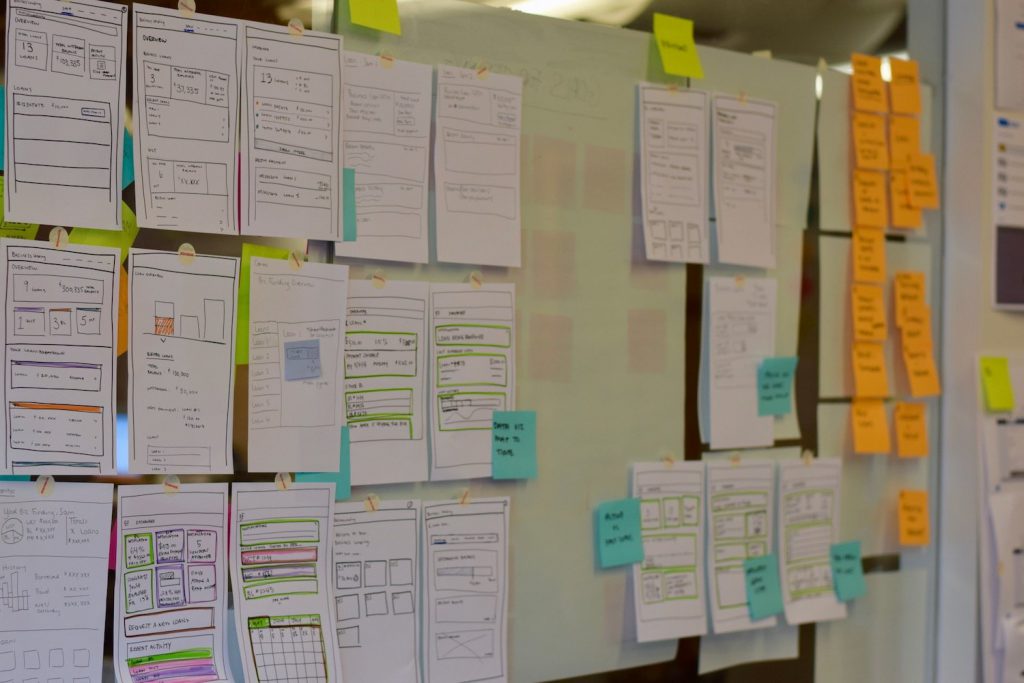The modern US electrical grid is fantastically complex. Millions of miles of electrical lines move power from generation facilities through regional substations to local networks to homes and businesses. Renewable sources like wind and solar must draw from the grid when their power source wanes and must be able to put power back into the grid when excess power is generated. All of this happens so seamlessly that, for most Americans, blackouts and brownouts are extremely unusual.
Behind the scenes, it takes constant investment and innovation on the parts of utility companies and their suppliers to maintain this situation and deliver on ever-increasing expectations. Meanwhile, renewables and increased device connectivity have made managing the grid more complicated, not less. Combined with an aging workforce of engineers and line workers, utility companies are increasingly looking to technology to help them to plan, deploy and manage grid equipment. Utilities are especially interested in technology that gives them the intelligence to invest strategically so that they can avoid costly incidents.
Our client was an important player in this complex environment that sought to design a new software and hardware product that would reduce the labor required to manage the grid, as well as improve reliability for end customers. The challenge our client put to Grand Studio was to develop a deep understanding of existing workflows among power systems engineers, define our product requirements accordingly, and then design an interface that would make these incredibly complex systems more accessible and manageable.
Key QuestionsWhat are the existing workflows?
Taking a product-centered point of view was natural for our client, who has deep engineering expertise. Our challenge was to understand the full scope of activities our end users engage in, including many activities out of the scope of our product. It was only by understanding our users’ jobs that we were able to understand which features and qualities our product would need to offer, in order to be truly useful. It was an understanding that we developed over dozens of deeply-technical, on-site research sessions with our client’s customers.
How can we introduce user-centered design processes in a deeply traditional product development environment?
Our product is integral to delivering electricity to homes and businesses. It had very real requirements and was subject to very stringent regulation. In this environment, traditional, waterfall product design with its highly regimented, gated processes was a natural fit. Our partners on the client innovation team, however, wanted to demonstrate how we could gather our requirements differently, and how we could bring users into the product design process in a meaningful way. To do this, we employed a variety of qualitative research techniques that allowed us to expose our concepts in low and high fidelities so we could gather incremental feedback throughout our project.
How could we design a complex UI for trained professionals that was also intuitive?
Do our users understand how and like to use it? Industrial software often has a degree of information density that is shocking to the layperson. While it’s certainly true that trained users working in complex environments often need access to very deep levels of information, we observed that existing interfaces exposed this information at the expense of usability, scanability and understandability. Our challenge was to create an interface that surfaced the right amount of information at the right time, allowing users to quickly scan to identify potential issues, and then, just as quickly, drill down to solve them.

In what was probably our most challenging product ever, we were able to demonstrate that user-centered research and design processes can be applied in even the most demanding technical environments to create a product that is highly usable and also highly desirable.